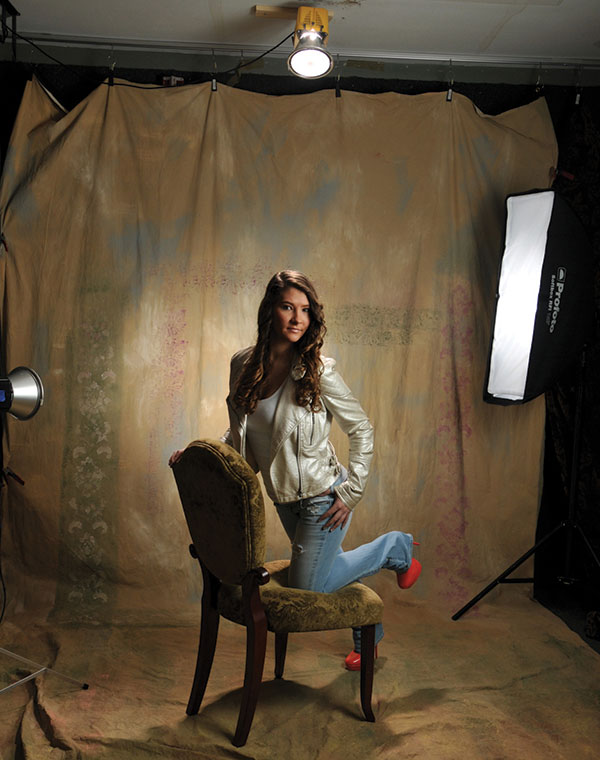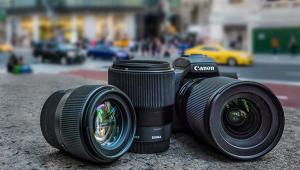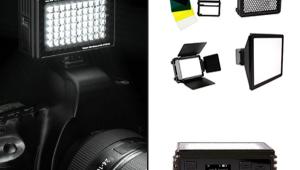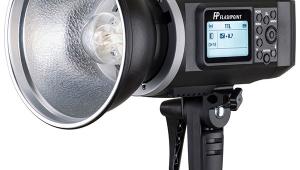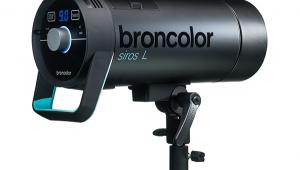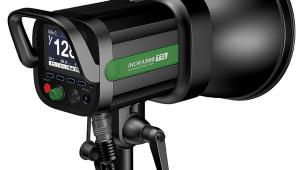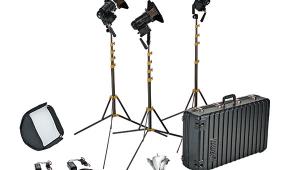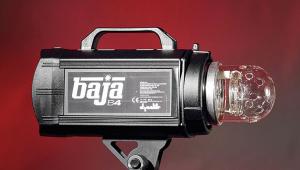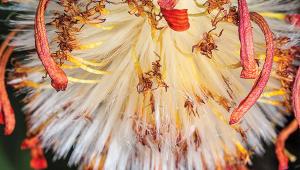Photo Lighting Review: Profoto RFi Speedlight Speedring

Courtesy of Profoto
Why would you be interested in a Profoto RFi Speedlight Speedring? It’s simple: it gives you the ability to use Profoto light-shaping tools with your camera’s dedicated flash units.
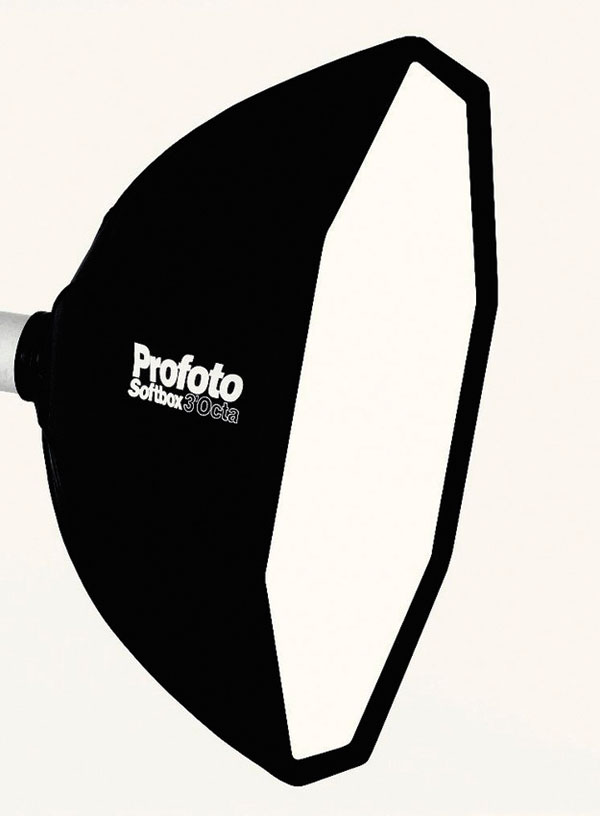
Courtesy of Profoto
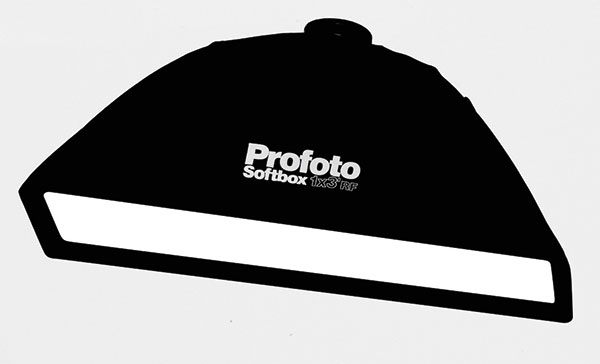
Courtesy of Profoto
We all know that dedicated flash units are amazing tools. They allow us to use not just one but several flashes with amazing control over the output and have the math figured out for us in the bargain. But unless we modify the light in some way we are left with a very small light source that can be very harsh, and while that may be fine in some cases, there are times when we need to modify the light to soften and shape it. With the Profoto RFi Speedlight Speedring, you now have the ability to do just that using the many modifiers available to you in the Profoto arsenal.
There is one caveat—small, dedicated speedlights can’t come close to matching the power of studio flash options like monolights and strobes. To combat this, Profoto has designed the speedring to accommodate not only two flash units but also wireless trigger units. This gives the location photographer the ability to carry a relatively small amount of equipment to reproduce studio-quality light on location or outdoors. With that in mind, let’s take a look at this versatile piece of hardware.

© Steve Bedell
© Steve Bedell
On Test: Setup
For my test, Profoto sent me a couple of the speedrings along with a Softbox RFi 3-foot Octa and a Softbox RFi 1x3-foot Strip light. I used two Phottix Mitros flash units (www.phottix.com) with my Nikon cameras. Opening up the boxes, I was greeted by a very sturdy and well-made speedring. The first thing I noticed was the color-coded holes around the outside of the ring. These match up with the steel rods that form the rigid structure of the softbox.
If the light-shaping tool you’re using has green dots on the end of it, just insert the rods in the green-labeled holes and you’re good to go. Of course, like any softbox using rods, sometimes it requires a significant amount of effort or even another pair of hands to do so quickly and easily. This in some way negates the easy packing and light footprint advantage of these systems since many photographers, me included, prefer to keep our softboxes intact to avoid the time and nuisance of assembling them each time. The Octa softbox has eight rods to deal with, so if you’re a wedding photographer in a hurry I’d suggest keeping it together or using an assistant for the work.

© Steve Bedell

© Steve Bedell
Once everything is assembled, you attach it to a light stand. The included hardware allows you to tilt and aim the softbox in any direction you like. Once you have that all set on a stand, you then mount the flash or flashes to the bracket using the supplied hardware. As expected, all hardware is very sturdy and seems capable of a lifetime of use. I used the Phottix Mitros flashes in a number of different combinations. Sometimes I just used them in the studio with the optical slave to trigger and outside I used one flash triggered by the Phottix Odin wireless trigger.
© Steve Bedell
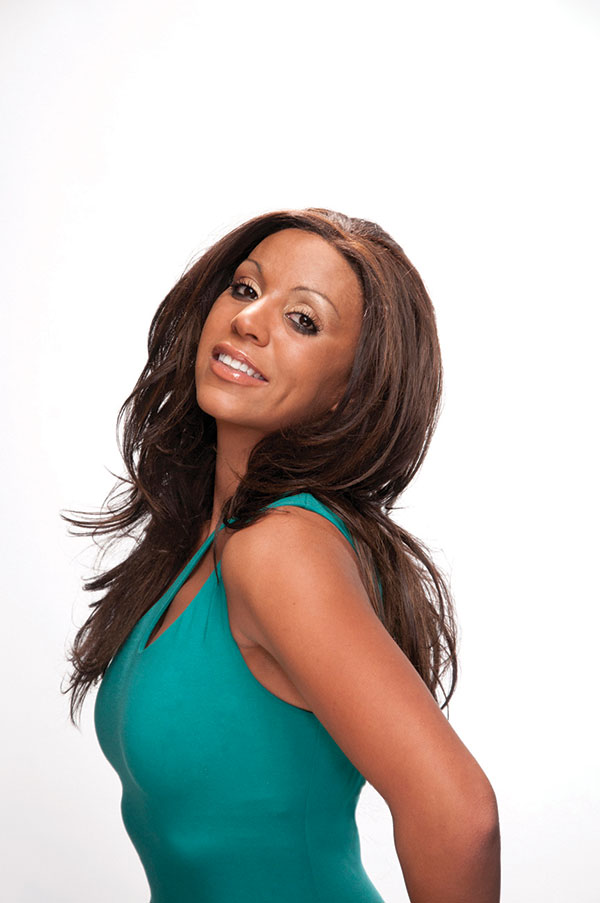
© Steve Bedell
Observations
There’s no question that the speedring is a well-made and designed piece of equipment. It allows you to use a wide array of Profoto light-shaping devices and multiple flash units, giving you all the benefits of TTL flash. When disassembled, you have a location light kit that takes up very little space.
I do have one comment that is not product specific. Unless you really need TTL, I think it’s a lot easier to just bring along your regular Profoto or other flash with a power supply. Of course you’d need a pretty heavy-duty stand, but you’d get a lot more power from your monolights and they won’t weigh or cost much more, sometimes less, than a rig like this. Plus, once you dial in a power setting on your studio flash, you’ll get repeatable output, still an Achilles heel for most dedicated flash units. On the other hand, those with dedicated speedlights already can use this gear to very good advantage.
There are two adjectives that come readily to mind when discussing Profoto lighting gear: expensive and well-made. Buy it once, it will last a lifetime.

© Steve Bedell
Prices
Profoto RFi Speedlight Speedring: $175
Profoto Softbox RFi 3-foot Octa: $235
Profoto Softbox RFi 1x3-foot Strip: $199
For more information, contact Profoto at www.profoto.com/us.
Steve Bedell has been a portrait photographer for over 25 years. To subscribe to EPhoto, a free e-mail newsletter with tips for photographers, contact Bedell via e-mail at: smbedell@gmail.com. Also ask about his lighting DVDs.
- Log in or register to post comments

